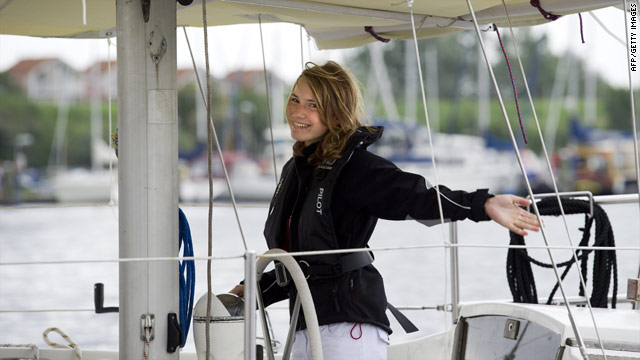WHEN THE Assembly's Public Safety Committee voted 12 days ago to approve the legalization and regulation of marijuana in California, knee-jerk reactions were sure to follow.
This was only a first step toward legislation, but San Mateo police Chief Susan Manheimer quickly described the looming possibility as "mind-boggling."
John Lovell, speaking for the California Peace Officers Association, said it was "the last thing our society needs."
It wasn't hard to envision lawmen up and down the state nodding in agreement.
The viewpoint is understandable. It is part of the internal wiring of police agencies. The War on Drugs declared by President Nixon in 1971 has spanned four decades and seven administrations.
The thing is, it has failed. A far better idea is to legalize and regulate marijuana sales.
There are at least 1,500 current and former law enforcement professionals who agree. They are members of LEAP (Law Enforcement Against Prohibition), who base their opinions on years of experience.
Jack Cole, co-founder of the 8-year-old organization, is a retired New Jersey State Police lieutenant who served 12 of his 26 years on the job as an undercover narcotics cop. He describes the War on Drugs as "not only a dismal failure but a terribly destructive policy."
Norm Stamper, former Seattle police chief, used to kick in drug dealers' doors early in his 34-year career. His opinion: "It has cost the national treasury obscene amounts of money. And for what?"
James Gray, an Orange County Superior Court judge for 20 years, remembers sentencing one dealer after another to no perceptible end. "The closer you get to the issue," he said, "the more you see we couldn't do worse if we tried."
They liken the ban on recreational drugs to Prohibition, when the government's ill-fated attempt to end the sale of liquor created a lucrative industry for criminals. Sound familiar?
LEAP has packaged its argument in a convincing 12-minute video (www.leap.cc/cms/index.php?name=Content&pid=28), in which Cole explains that an estimated 1.3 percent of the U.S. population was addicted to drugs when the Harrison Act, a national anti-drug law, was enacted in 1914.
And 1.3 percent was believed to be addicted when the War on Drugs was unveiled. And 1.3 percent was addicted when a study was conducted in 2006.
So to sum up the 95-year battle against drugs: Nothing's changed.
The bootleggers and speak-easies that circumvented Prohibition have been replaced by drug cartels and street dealers. Far smarter than banning drugs would be government regulation.
"It's easier for teenagers to get marijuana than alcohol," Gray said. "That's because alcohol is regulated and controlled by the government, and illegal drugs are controlled by drug dealers. They don't ask for IDs."
In addition, dealers often recruit teenagers to sell. And when they do, they sell to other teens. "I've seen this too many times in juvenile court," he said. "I am determined to put an end to it."
James Anthony, a former Oakland prosecutor and member of LEAP, said the government errs in using a criminal justice approach to remedy a public health problem. Police should focus on public safety — stopping major crimes — not chasing bags of marijuana.
"I've worked closely with a lot of police officers who will admit, off the record, that the approach we're taking is not working and never will," Anthony said.
Among the obvious benefits to the proposed Assembly bill:
Law enforcement resources allocated more wisely and a decline in the prison population. State revenues from sales taxes estimated at $1.4 billion. An end to the wrangling over medical marijuana. Revitalization of the hemp farming industry. Deglamorization of marijuana for recreation.Gray calls the last bullet point the "Holland effect," noting that legalizing marijuana in The Netherlands has lessened its appeal: Per-capita consumption is only half what it is in the United States.
"They have succeeded in making marijuana boring," he said.
It would be foolhardy to suggest that change will come without cost. Even advocates concede there will be an initial uptick in users. The curious will inhale this opportunity.
Anthony said there might also be a knee-jerk reaction from drug dealers deprived of income.
"If people can't make a living selling marijuana in the underground market," he said, "you may see a spike in other crimes of economic opportunity — muggings, car burglaries, that kind of thing. We have to look at society as a total system."
Legalization represents a major reversal in policy, but that doesn't make it bad. When you find out you've been going in the wrong direction, the smart thing is to turn around.
Contact Tom Barnidge at tbarnidge@bayareanewsgroup.com.
 Under proposal, Only registered members will be able to buy soft drugs from coffee shops.
Under proposal, Only registered members will be able to buy soft drugs from coffee shops.








































